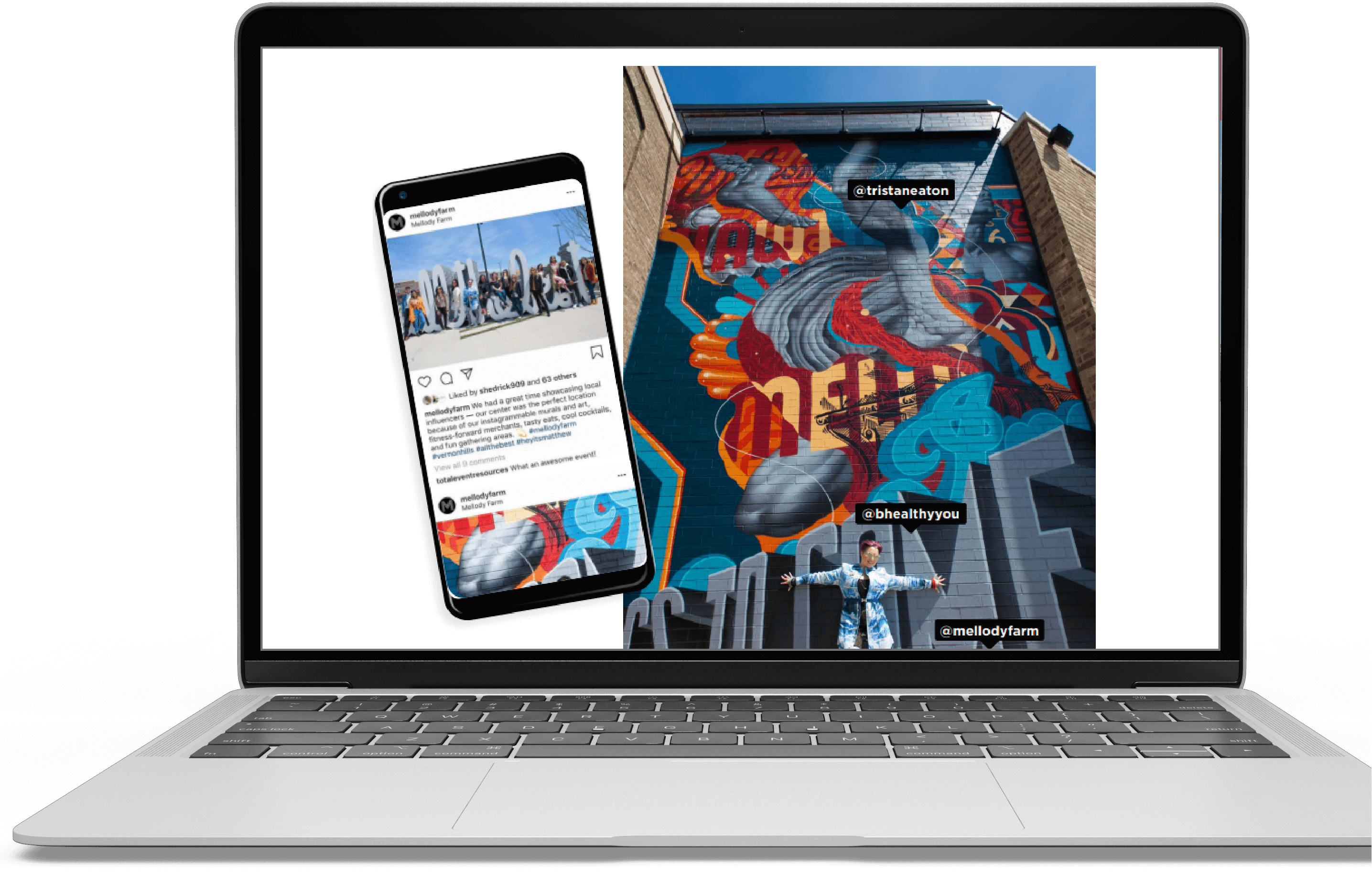Why is email marketing important?
Email is still one of the best ways to reach your customers and prospective leads due to its widespread use and ability to mix design and copy.
Depending on your business, it may be one of the only methods in which certain audience groups can be reached due to a general lack of interest in other channels (e.g., social media, paid advertising, organic search, etc.).
More importantly, email is a fantastic way to send people to your website by providing attractive content, deals/promotions, and updates on your business. That traffic can then be measured.
How do I start?
Many modern email tools have made it easier for beginners. While you can partner with an agency for email design and management services, there are a number of tools that offer self-service options.
In today’s digital world, most email campaigns are handled by an email delivery/automation system such as MailChimp, HubSpot, Campaign Monitor, or Constant Contact.
MailChimp
MailChimp is one of the industry-leading free/paid platforms. While the free version of the platform does have limitations in functionality, it’s a great starting point for developing basic campaigns (e.g., newsletters) and understanding how email marketing can benefit your business.
Prior to setting up an account, you will at least need a collection of test contacts (internal employee emails) to send draft campaigns. MailChimp provides a ton of great resources on how to get started with the platform as well as training paths. In addition, third-party educational websites such as Udemy provide a wide variety of affordable courses to advance your skills.
Newsletters
Monthly, quarterly, and even semiannual newsletters are a great way to pass along updates about your company and continue to remind your customers/leads of your constant value.
Any content can be included in these newsletters, but we generally recommend teasing information on your website, providing news about your organization, and otherwise finding ways to get visitors to click through to your site. While you can send out newsletters manually to an existing list of leads, most platforms allow for sending of automated campaigns to leads that come through your website’s forms.
Campaigns
Any strategic email blast to a group or audience you’d like to target. For example, you might want to send an email to a group of loyal customers that features a coupon code they can use in-store. In general, campaigns should be focused and segmented by topic, audience, and viewer intent.
Best Practices
Utilize a Designer
While most email platforms offer templates for quickly designing an email (copy/ creative), it’s still a best practice to partner with a design expert for all creative work.
As explained in this handbook, many designers can be hired either freelance or through an agency at a variety of cost and service levels.
Start Small And Expand
Email marketing is an evolving process. Many organizations fall into the trap of doing too much too soon. We recommend starting small with one or two campaigns (e.g., a newsletter and one-off campaigns) to get a feel for your customers’ receptiveness and ways campaigns can be improved in the future.
Practice With Test Emails
Before sending emails to any real customers or leads, it’s important to run tests by sending emails to yourself first. This can give you the opportunity to test links, see how each email will look prior to the actual send, and adjust usability/flow as required. In platforms like MailChimp, we recommend setting up an audience group that only features a list of internal test emails.
Find the Perfect Platform
While MailChimp is one of the easiest and most affordable email platforms for beginners, it is not the only option. Here are others we recommend:
Integration With Analytics
Most email platforms have some sort of integration capabilities with Google Analytics. By connecting your Analytics account with your email platform, you can see how your email contacts interact with your website after they click through each email.


